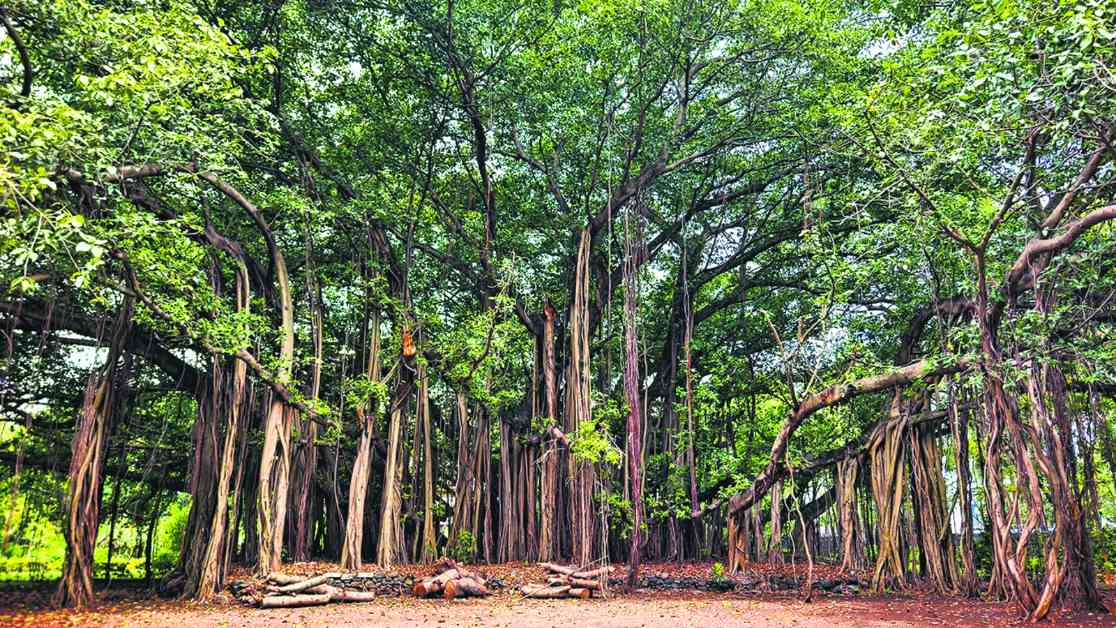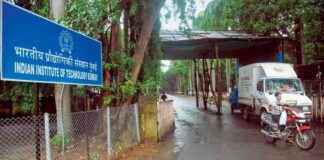Rajendra Gumaste, a green thumb enthusiast, has dedicated over thirty years to nurturing the lush greenery in a corner of Mumbai’s southern tip established by the remarkable scientist Homi Bhabha. Now, as he gears up to explore new horizons, he leaves behind a remarkable legacy encapsulated in a coffee table book titled ‘Trees of Tata Institute of Fundamental Research’. The book is a treasure trove of Gumaste’s work over the years, enriched with historical finds and intriguing facts, showcasing the diverse flora on the institute’s premises.
The campus, initially barren reclaimed land, was transformed by Bhabha into a haven for nature, spanning over 20 acres, nearly half of the entire area. Despite being a hub of scientific exploration, Bhabha emphasized the significance of preserving nature, resulting in the transplantation of numerous trees from various parts of Mumbai. The campus now boasts more than 2,000 trees of 110 different varieties, with a majestic Banyan tree stealing the spotlight. This colossal tree, one of the twenty Banyan trees on campus, spreads its canopy over an impressive 6,000 square feet, standing as a testament to Bhabha’s vision.
Gumaste’s journey as the head of gardens and parks at TIFR, though retired in 2024, continues to be a tale of resilience in the face of challenges posed by changing weather patterns. The campus witnessed the loss of 48 trees during Cyclone Tatukae in 2021, with Gumaste and his team successfully repositioning 32 trees. Embracing Bhabha’s legacy, Gumaste focuses on introducing native tree species to ensure their survival amidst the evolving climate conditions. The harmonious blend of gardens and towering trees at TIFR is a reflection of Bhabha’s foresight, creating spaces like the Almond Grove for post-event gatherings and French-style lawns adorned with Putranjiva trees. The meticulous attention to detail, from the shape of flower arrangements to the selection of tree species, highlights the profound influence of Bhabha’s vision on the campus’s landscape.




















